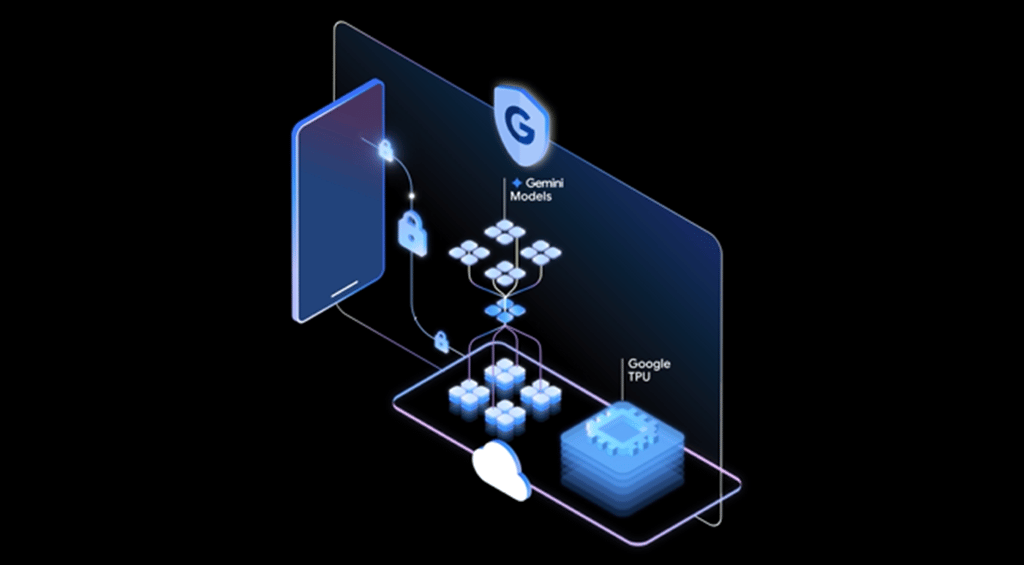Datamation content and product recommendations are
editorially independent. We may make money when you click on links
to our partners.
Learn More
SUNNYVALE, Calif. — Google Cloud is releasing its Supply Chain Twin solution that lets companies build a digital twin of their physical supply chain from various sources.
The solution is intended to help companies with planning and decision-making through supply chain data from business systems, partners, and public sources for a view of suppliers, inventories, and more, according to Google last month.
The Supply Chain Twin was developed to optimize supply chain functions, including logistics, sourcing, and distribution.
Google Cloud is also introducing its related Supply Chain Pulse module, which can be used with the Supply Chain Twin to provide real-time dashboards, advanced analytics, alerts on critical issues like potential disruptions, and collaboration in Google Workspace.
Both supply chain solutions are available globally in “preview” form.
Increasing visibility into supply chain
The majority of companies do not have complete visibility into their supply chains, resulting in out-of-stock retail items, aging manufacturing inventory, or weather-related disruptions, according to a 2017 report by the Business Continuity Institute (BCI).
Out-of-stock items cost the retail industry an estimated $1.14 trillion in 2020, according to a report by the IHL Group.
The supply chain disruptions related to COVID-19 further demonstrate the need for more “up-to-date insights” into operations and inventory levels, Google Cloud said.
“Siloed and incomplete data is limiting the visibility companies have into their supply chains.” said Hans Thalbauer, managing director of supply chain and logistics solutions, Google Cloud.
The digital twin solution for the supply chain was designed to require less partner integration time than traditional API-based integration.
Initial clients are also seeing drops in analytics processing time, in some cases from hours to minutes, according to Google Cloud.
Simon Ellis, program VP at IDC, said “end-to-end visibility across the entire supply chain is a top priority for supply chain professionals to optimize planning, real-time decision-making, and monitoring.”
See more: SAP Develops SAP Business Network
Google Cloud Supply Chain Twin data types
- Business systems: Understand operations by integrating information such as locations, products, orders, and inventory from ERPs and other internal systems
- Supplier and partner systems: A holistic view across businesses by integrating data from suppliers, such as stock and inventory levels, and partners, such as material transportation status
- Public sources: Understand supply chain in the context of the broader environment by connecting contextual data from public sources, such as weather, risk, or sustainability-related data, including public datasets from Google
See more: Google Cloud Platform Review
Google Cloud Supply Chain Pulse key features
- Real-time visibility and advanced analytics: Drill down into key operational metrics with executive performance dashboards to view status of the supply chain
- Alert-driven event management and collaboration: Set mobile alerts that trigger when key metrics reach user-defined thresholds. Build shared workflows that allow users to collaborate in Google Workspace to resolve issues.
- AI-driven optimization and simulation: Trigger AI-driven algorithm recommendations to suggest tactical responses to changing events, flag more complex issues to the user, and simulate impact of hypothetical situations
See more: Top Cloud Service Providers & Companies









